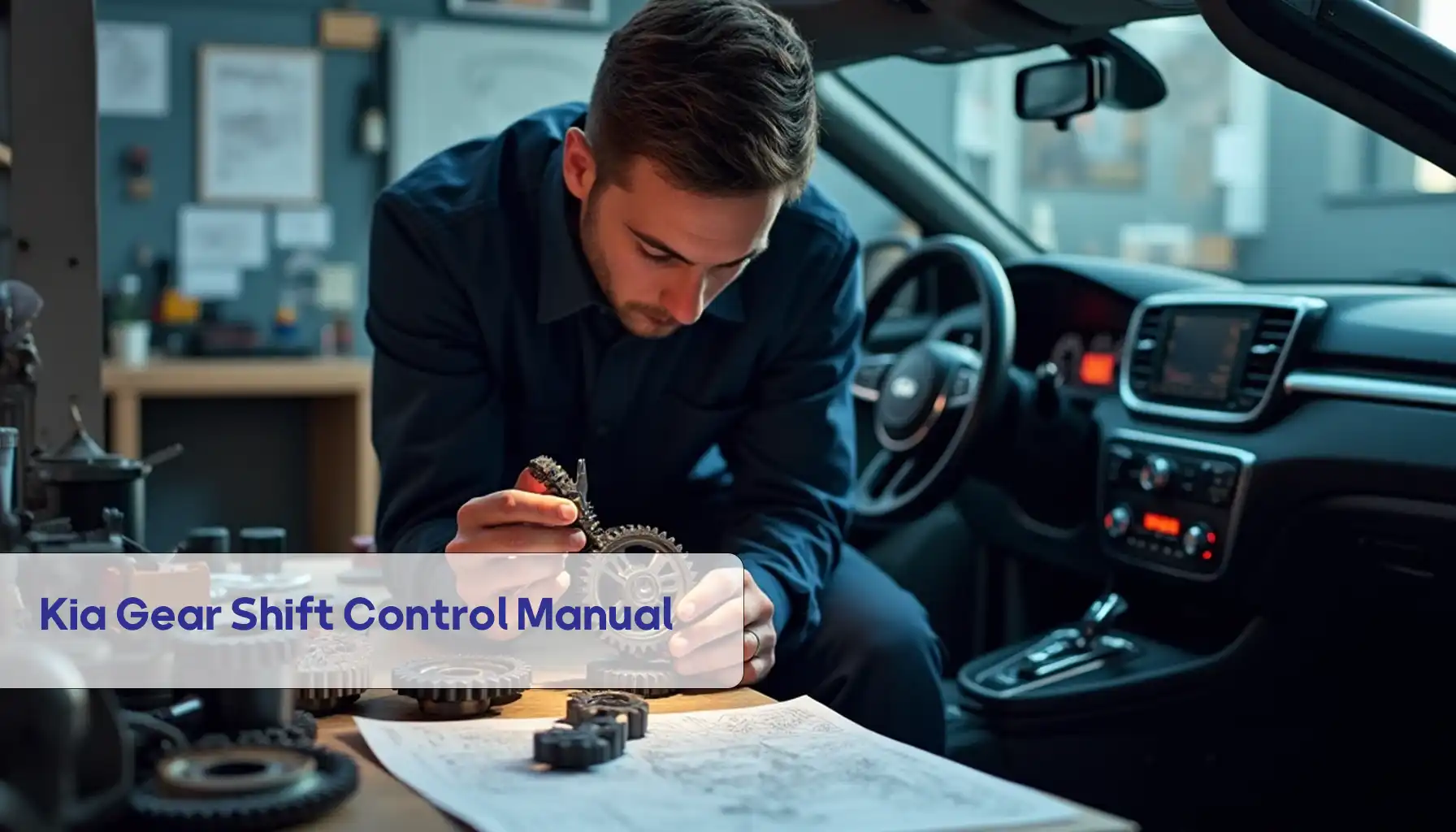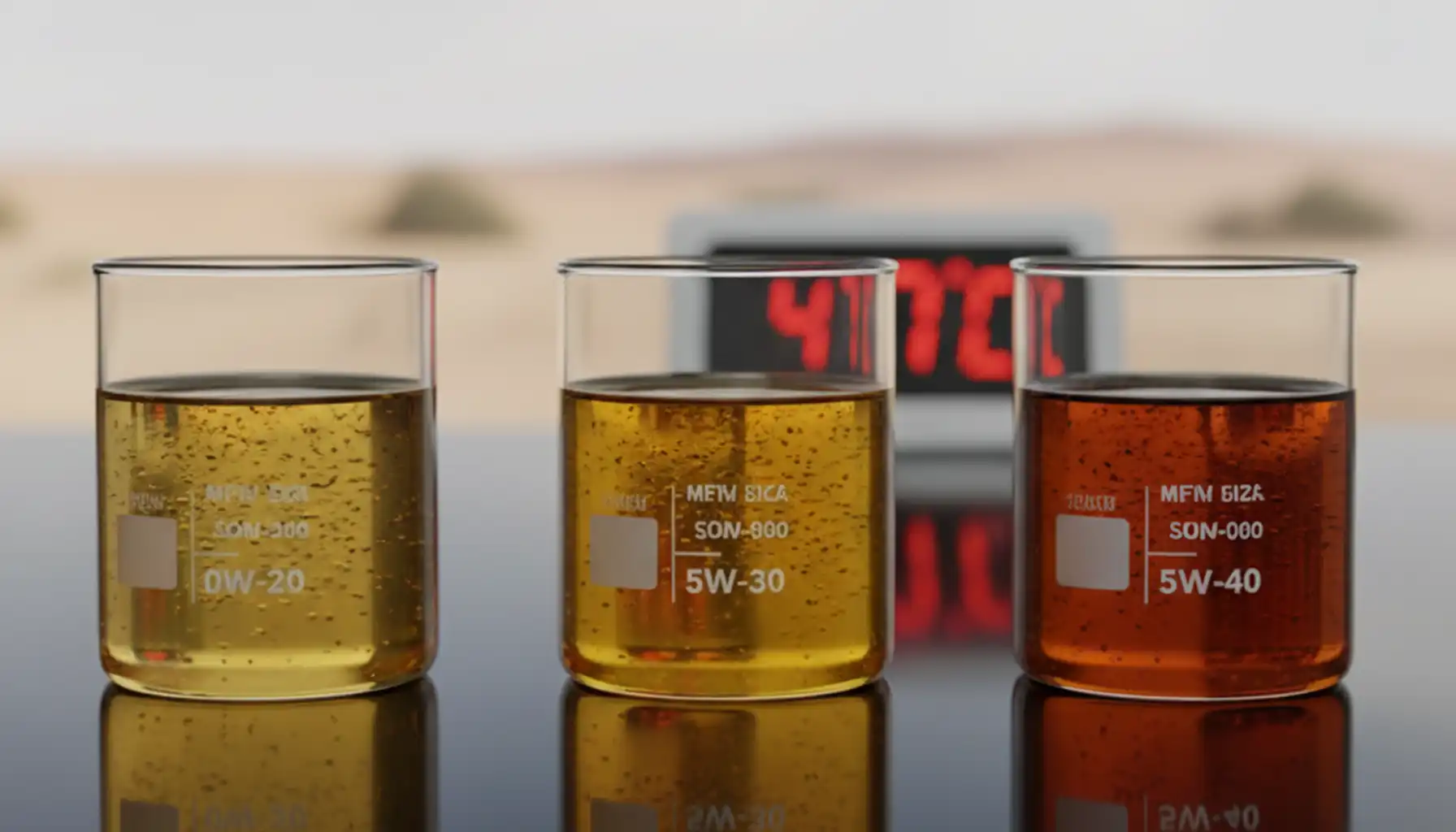Hyundai batteries like any other vehicles are crucial in ensuring that your car functions right. When it dies out or has very minimal power, you may end up being stranded at often the most inconvenient time. You should have regular checks done to avoid Dead Hyundai Battery. The following steps will guide you through a diagnostic examination of and replacement for your defective Hyundai battery or one you feel is not working appropriately.
We’ll take you through the steps, from how to use a multimeter to cleaning corroded terminals and checking the alternator. By the end of this tutorial, you will learn how to diagnose your vehicle battery and even replace it when necessary so that your car keeps running without a hitch.
The Dead Hyundai Battery is probably one of the most major culprits when it comes to car trouble, and this always happens at any moment in time when a person least expects it. From failing to start up an engine to any kind of electrical malfunction, problems with batteries are sure to leave one stranded and frustrated.
For those looking to maintain or upgrade their vehicle, purchasing genuine Hyundai electrical systems in Dubai ensures you’re getting high-quality components designed specifically for your car, helping to avoid battery issues and ensuring optimal performance.
It is here that learning how to diagnose and maintain your Hyundai battery becomes important. Regular testing of the car battery, along with being aware of the signs and symptoms of its failure, is an important part of owning a car. Besides, Knowing how to test the Hyundai batteries in your car will save both money and time for the seasoned mechanic and the beginner alike.
Dangers of the Dead Hyundai Battery
Dead Hyundai Battery points to problems deeper inside your Hyundai electrical system of your car, like an alternator which is about to fail or parasitic draw. The longer you drive with these problems occurring, the more it will cost you in the end to get them fixed.

It’s just those regular checks that let you not only proactively extend your Hyundai battery life but also catch other potential problems before they escalate. By the end of this tutorial, you will have learned the process to diagnose and correct car battery problems for an efficient and reliable drive down the road.
Equipment Needed to replace the Dead Hyundai Battery
Before going deep into the test and replacement process of the Dead Hyundai Battery, ensure the right tools are handy. This will enable you to undertake the whole process quite smoothly and within a considerably short period. These are the important tools that you’ll be required in conducting your tests and replacement:
- Multimeter: This is used in the measurement of voltage, and as such, it will come in handy when you test the charge of the battery.
- Battery load tester: An attached device designed to check the health of the battery under loading conditions.
- irey charger and maintainer: This is to restore your car battery and to keep it healthy.
- Felt corrosion protectors: These prevent future corrosion from building up around your battery terminals.
- New battery: Depending on your test results, you may well need to get one.
Once you have these, you are well and truly prepared to carry out your diagnosis of the Hyundai battery. In the video below you can watch the process of Hyundai dead battery replacement:
Step 1: Dead Hyundai Battery Testing Using a Multimeter
If you fell that there is a Dead Hyundai Battery, you should measure the voltage using your multimeter to get an idea about the health of the battery. The reading for a fully healthy hyundai battery should lie in the range of 12.4 to 12.7 volts. Anything below these values might indicate that the battery is weak or possibly dead.
For that, first, put your multimeter in DC voltage setting. Place the red probe on the positive terminal of the Hyundai battery and the black probe on the negative terminal. Now check the reading on your multimeter display; if the voltage reads less than 12.4 volts, that means it is not holding the charge efficiently and you might need to replace the battery or further test it.

If the Dead seemed Hyundai Battery reading comes back healthy, move on to the rest of the system checks; such as alternator and parasitic draw, to ensure external factors are not impacting the performance of the battery.
Step 2: Cleaning Corroded Dead Hyundai Battery
Over time, the terminals of your batteries could build up corrosion that appears like some sort of white or greenish powder. This could interfere with the operations between the Dead Hyundai Battery and the electrical system of your car, thus bringing about performance problems. Cleaning the terminals is pretty easy; however, your safety should come first.
First, disconnect the Dead Hyundai Battery by removing the negative terminal before removing the positive terminal. This is to prevent the occurrence of a short circuit. Check the terminals for any corrosion product build up. This can be cleaned with a mixture of baking soda and water, scrubbing using a brush or cloth until the terminals are free from any building up.
Once clean, reconnect the terminals—positive first, then negative—and make sure the connections are tight. Clearing off your terminals will make sure the battery will last longer and function well.
Step 3: Testing the Alternator of the Hyundai Battery
Even with a now full and healthy battery, while on the road, in operation, the alternator is the crucial component that maintains the battery’s charge. If the alternator isn’t functioning correctly, the battery won’t last long.
Testing the Alternator Start your engine and, while your car is running, use your multimeter to measure the voltage of the battery. A good alternator will be within a reading range of 13.7 to 14.7 volts. Anything below this may mean that the alternator isn’t charging your battery properly and might need to be repaired or replaced.
Step 4: Testing for Parasitic Draw
If you think that Hyundai battery is draining out in less time than usual, then there might be some parasitic draw wherein something inside your car’s electrical system is pulling power from the battery at the time when the car is turned off.
To check for parasitic draw, you’ll want to remove the negative battery terminal and then hook the multimeter in series with the terminal and battery. Now, set the multimeter to read amps and look at the reading. It should be around 50 milliamps. If it is considerably higher, then something in the vehicle is drawing on the battery excessively and needs to be looked into.
Step 5: New Hyundai Battery Load Testing
When the battery has passed through the above processes and it still shows weakness, a load test would prove whether it requires replacement. A battery load tester will measure the performance of the battery under simulated load conditions and show whether it can still provide adequate power.

To perform the load test, follow the specific instructions of your individual battery load tester. Generally speaking, you will want to apply a load to the battery equal to one half of its CCA rating for a 15 second duration. If at anytime during this time the voltage of the battery falls below 9.6 volts then the battery is likely no longer capable of sustaining an adequate charge and must be replaced.
Step 6: Replacing the Car Battery
If your tests show faulty results of the battery, then it is the time to replace it. Selection of the appropriate battery for your car is very important. Check in your car’s manual or contact the retailer on the correct size and the correct CCA rating of a new battery that is used in your car.
Disconnect the negative first, followed by the positive terminal. Remove brackets or clamps that secure the battery in its position. Carefully lift it out because of the weight of a battery. Put the new battery in the tray and connect the terminals in reverse order, meaning first the positive, then the negative. Secure the battery with clamps or brackets according to how one is supposed to prevent the battery from moving around during the drive.
This new replacement should give your car the ability to take off.
How to Maintain Your Hyundai Battery to Last Longer
By regular maintenance, you can extend the life of your Hyundai battery and offer peak performance. You must develop the habit of regular check up about the health of your battery from time to time, especially before taking a longer journey or trips. Cleaning out the terminals will be required for the prevention of corrosion; after cleaning, felt corrosion protectors should be used to stop any future buildup.
Also, be attuned to your car and listen for those telling you that your battery probably needs testing. Dimming headlights, slow cranking of the engine, and malfunctioning electronics are all early warning signs your battery may need some attention. These are always better addressed rather than facing the unexpected battery failure.
Conclusion
Testing and replacing your Dead Hyundai Battery might be a daunting task; however, it will certainly become much simpler provided you know what to do and follow one step after another.
Conditions of your Dead Hyundai Battery could be diagnosed using a multimeter, cleaning of terminals, parasitic draws, and load tests as to whether the battery needs replacement. Ongoing care with routine maintenance will go a long way in extending the life of your battery, hence smooth running of your automobile without unrequired breakdowns. Remember, your battery is the heart of the electrical system; therefore, keeping it in good condition will ensure you premium performance.



